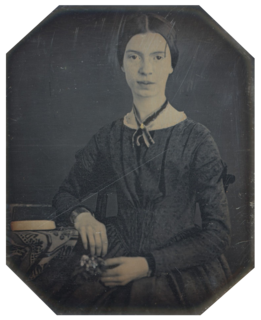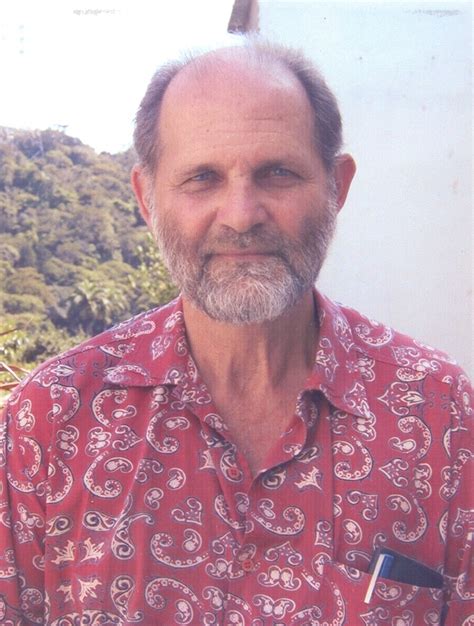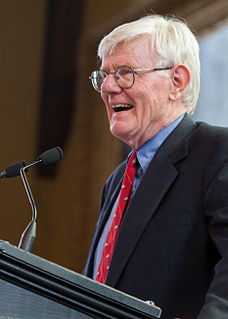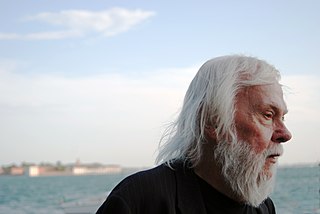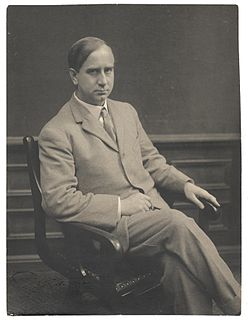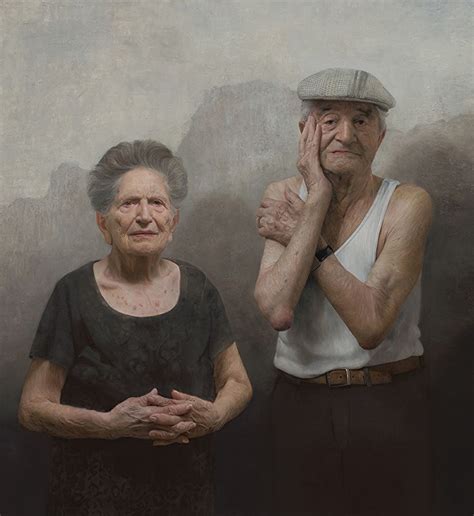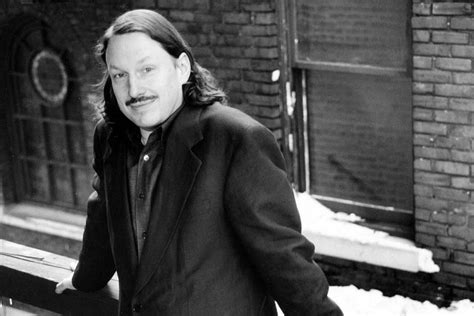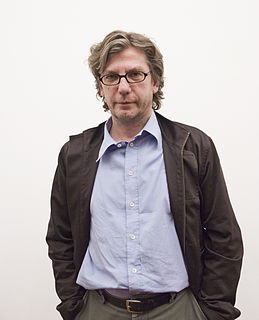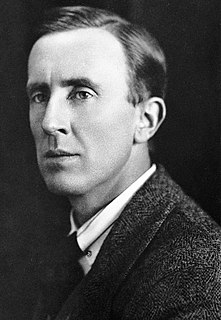A Quote by Mark Twain
I believe I have had the most trouble with a portrait which I painted in installments - the head on one canvas and the bust on another.
Related Quotes
This rationale, which justified the mixed constitution of Great Britain, might have made some sense in 1776, but by 1787 most American thinkers had come to believe that all parts of their balanced governments represented in one way or another the sovereign people. They had left the Aristotelian idea of mixed estates - monarchy, aristocracy, and democracy - way behind. [John] Adams had not, and his stubbornness on this point caused him no end of trouble.
I sort of feel that the role of a portrait in society is to represent the sitters, we see paintings of Shakespeare and we believe that it is what he looked like, well maybe a little older, fatter and with a higher hairline. I guess it would be cool if the portraits that were painted really did look like the sitter or expressed some sort of emotion that gave the viewers in the future a sense of the sitter's pathos at the time it was painted.
No one would want to pay a penny for an empty canvas by me. But it would be quite another if the empty canvas were signed by a great artist. I would be surprised if an empty canvas by Picasso or Matisse signed and inscribed with the words, 'I wanted to paint such and such on this canvas, but did not do so,' would not fetch thousands... After all, with an empty canvas, the possibilities are limitless, and so perhaps is the cash.






